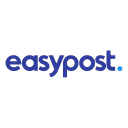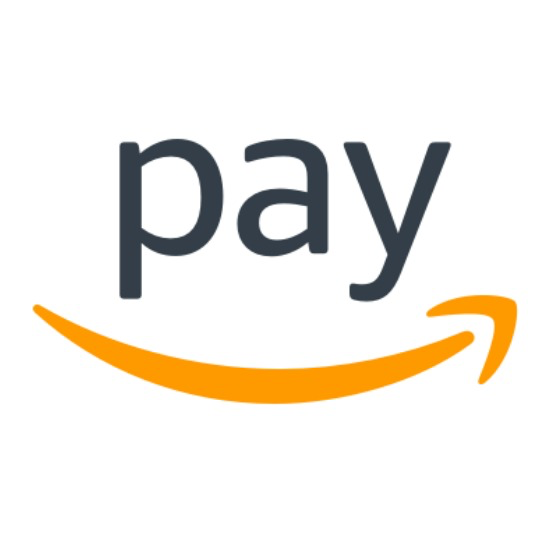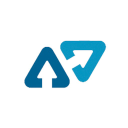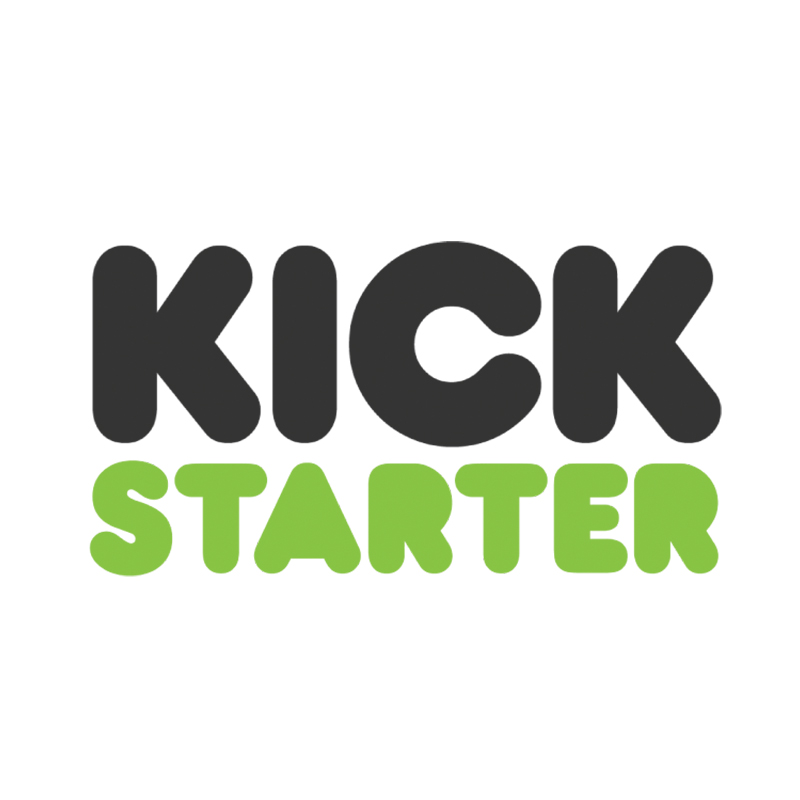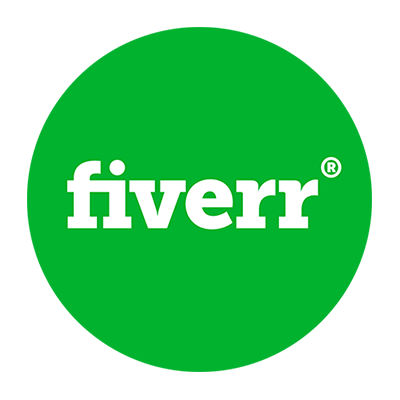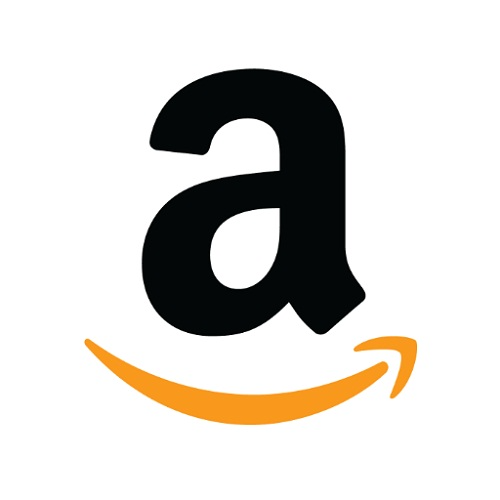How I Turned A Silly Idea Into A $1M+ Brand
Hello! Who are you and what business did you start?
Hey there! My name is Kyle Bergman, and I am the Founder and Chief Swoverall Officer of The Great Fantastic. My brand’s mission is to create the world’s comfiest apparel products made from sustainable materials, and ethical manufacturing practices.
Our hero product, Swoveralls, is the combination of sweatpants and overalls into one glorious masterpiece. I sold my first pair about 18 months ago, and have done over $300k to date all while not only having a variety of full and part-time jobs, but also going to business school, and playing lacrosse for the Israeli Men’s National Team.

What's your backstory and how did you come up with the idea?
At first, I was really just trying to solve a personal problem - Sweatpant overalls didn’t exist, and I wanted a pair....

Download the report and join our email newsletter packed with business ideas and money-making opportunities, backed by real-life case studies.

Download the report and join our email newsletter packed with business ideas and money-making opportunities, backed by real-life case studies.

Download the report and join our email newsletter packed with business ideas and money-making opportunities, backed by real-life case studies.

Download the report and join our email newsletter packed with business ideas and money-making opportunities, backed by real-life case studies.

Download the report and join our email newsletter packed with business ideas and money-making opportunities, backed by real-life case studies.

Download the report and join our email newsletter packed with business ideas and money-making opportunities, backed by real-life case studies.

Download the report and join our email newsletter packed with business ideas and money-making opportunities, backed by real-life case studies.

Download the report and join our email newsletter packed with business ideas and money-making opportunities, backed by real-life case studies.


